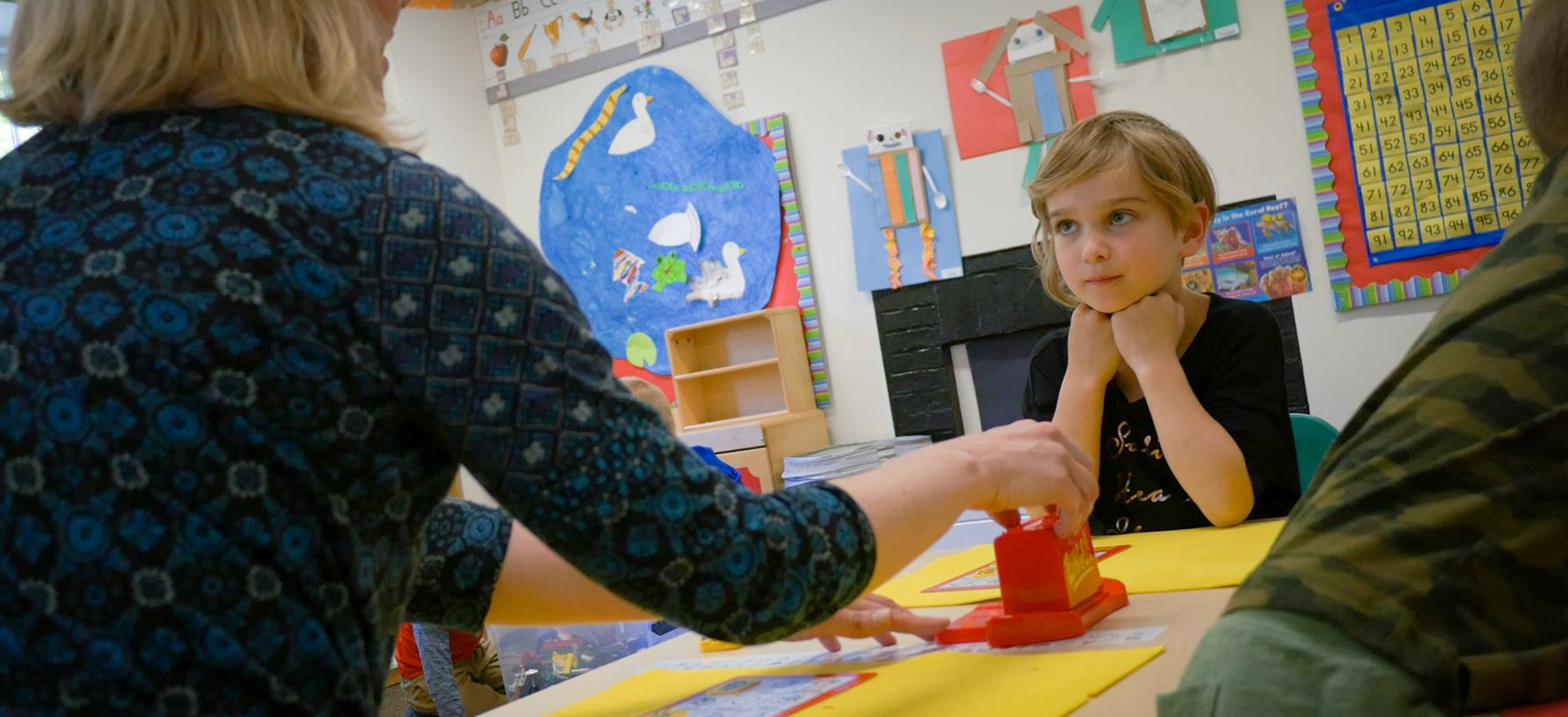Haverford and Bryn Mawr students speak out about campus jobs
By Amana Abdurrezak
There are two types of students at Bryn Mawr and Haverford Colleges: those who do work, and those must also go to work.
For the former, work requires setting aside time outside of lectures and lab sessions to finish papers and problem sets. But for almost 1,500 Bryn Mawr and Haverford students, work is more than classwork—it’s also attached to the on-campus job they have.
On both campuses, students spend an average of six-to-eight hours per week managing front desks, helping fellow students with class assignments, ensuring smooth operation of the dining halls, and attracting prospective students to the Bi-College community. The list of student jobs is a long one.
Based on their home campus, the type of job they have and their experience level, students are paid between $9 and $11.15 an hour. What do they think of their jobs and their wages?
To find out, our News and Feature Writing class interviewed over 85 students on both campuses to understand the nature of student jobs in the Bi-Co and find out if students believe they are paid fairly for the work they do. Here are our findings:
- Since many jobs on-campus allow students to only work up to a certain number of hours, it’s very common for students to sidestep that restriction by having multiple jobs.
- Students who use their earnings for smaller purchases like food, clothing or setting aside money for savings accounts are generally satisfied with their pay. However, many recognized that they are satisfied because they don’t have to worry about bigger costs like tuition. The students who use their earnings to pay for tuition, room and board, bills, or even sending money to family back home, wish their wages were higher. Their money is not used for extras but for the basics.
- Opinions on pay depended on how demanding the student’s job was. Those who work low-pressure jobs were satisfied with their wage. Those who felt their jobs were more laborious or required more expertise were also generally satisfied with their pay, but felt that they should be paid more.
- The fact that both campuses’ baseline pay is higher than Pennsylvania’s minimum wage of $7.25 an hour factored into many students’ opinions. This trend remained consistent with out-of-state students who compared their wages on-campus to their home states.
We also noticed that Haverford’s baseline pay of $9 an hour is a dollar lower than Bryn Mawr’s baseline of $10 an hour, despite having most of the same jobs across both campuses.
-0-0-0-
Bills, Bills, Bills
For many in the Bi-Co, juggling multiple jobs on top of classes is the norm, but many can justify adding a job or two to their schedule if it means they can enjoy nights out in Philadelphia with friends or a new pair of boots when the weather gets chillier.
However, some students have to use their earnings to pay for larger expenses.
Princess Jefferson, a Bryn Mawr College junior, juggles supervisory positions at two dining service establishments. At Haffner Dining Hall and Wyndham Alumnae House, she delegates duties to workers, oversees the desert bar, and drives Wyndham’s catering van. When she isn’t in class or working in dining services, she’s at the Civic Engagement Office prepping ACT/SAT test-prep curricula or driving a Bryn Mawr van for student programs. At all of her jobs, she makes $10.95 an hour, working a total of 36 hours a week.
“For all of my jobs except one, I think I get a fair wage,” said Jefferson. She puts all of her earnings towards tuition, food, her phone, and transportation.
“If I take into account the management at Wyndham & how my back feels after work, then I think we should get paid at least $12 an hour,” she said.



